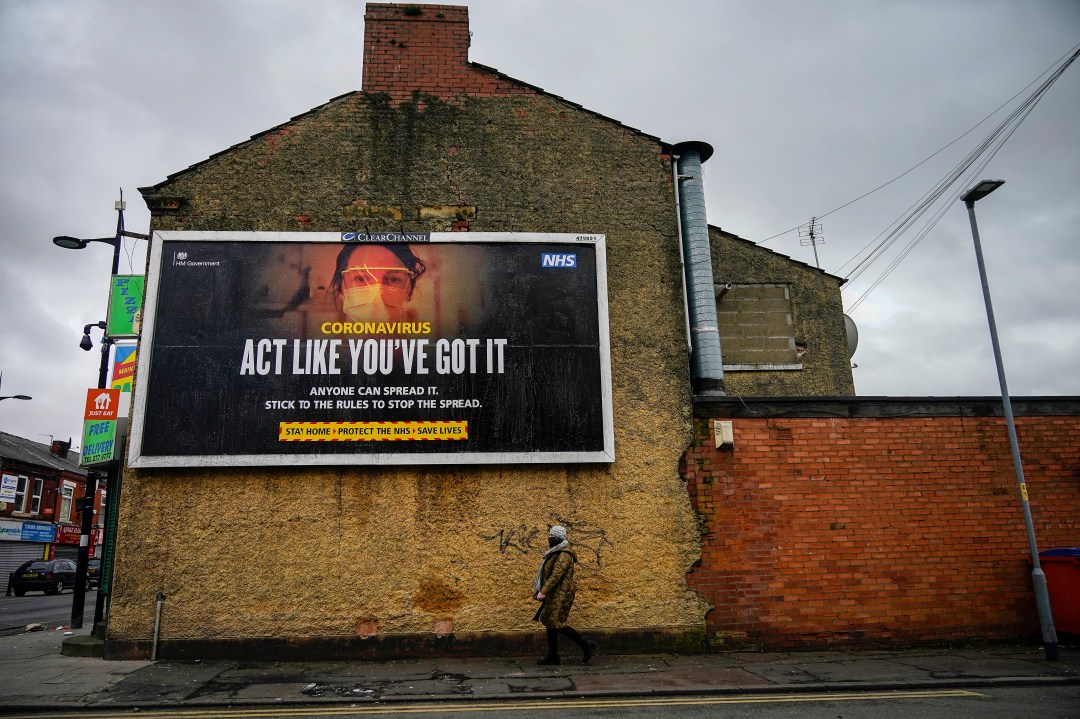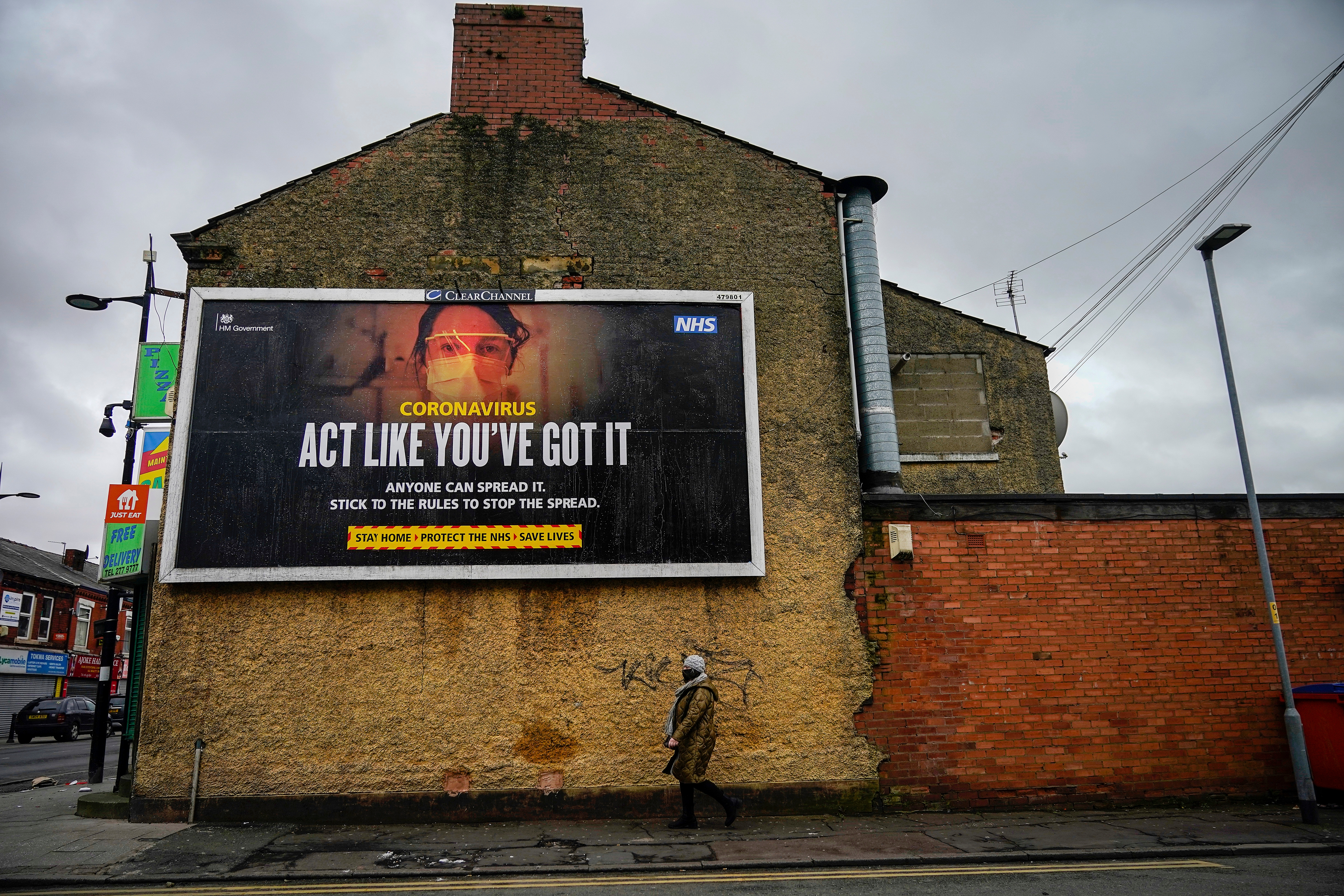Is the decline in new Covid infections slowing down? That is the picture painted by the government’s figures for confirmed infections, arrived at via the NHS Test and Trace system. The most recent figures show that the 71,320 cases recorded in the seven days to Wednesday are 15 per cent down on the previous seven days — a substantial fall, yet over the previous few weeks numbers had been declining at around 25 per cent every week. The fall in deaths, on the other hand, appears to be accelerating. The figure for the past seven days — at 2,684 — is 30 per cent down on the previous seven days. Hospitalisations are declining at a rate that falls between the two — down 20 per cent over the past week.
The divergence between the curves of infections and deaths is not unexpected. Over the past two months the vast majority of the over-70s — by far the group most vulnerable to dying of Covid 19 — have been vaccinated. However, few of the rest of the population have yet had the vaccine. There remains a large pool of people who are liable to be infected — but they are much less likely to suffer serious illness or death.
But why should the decline in new infections be slowing down? There are several possible explanations. It is likely that people are beginning to tire of lockdown and are beginning to circulate, even to break the rules, a little more than they were in January. Then there is the weather: the week before last was especially cold; it may be that the virus was better able to spread in those conditions.
Today’s instalment of the Office of National Statistics’ infection survey seems to confirm that the prevalence of Covid infection has fallen in recent weeks. However, it only goes up to 19 February. Over the seven days to that date, it estimates that 373,000 people in England were infected with Covid — equating to 0.69 per cent of the population. In the previous week, it estimated that 0.88 per cent were infected. During the worst week – 3 to 9 January — it was 2.08 per cent.
Overall, the decline in deaths and hospitalisations seems to be much faster during the second wave than it was during the first wave. As far as infections are concerned, it is much harder to tell, because there was a huge ramp-up in the number of tests being performed last April. There is nothing in the figures so far to suggest that the government’s plans for lifting lockdown and reopening society should be at risk.








Comments